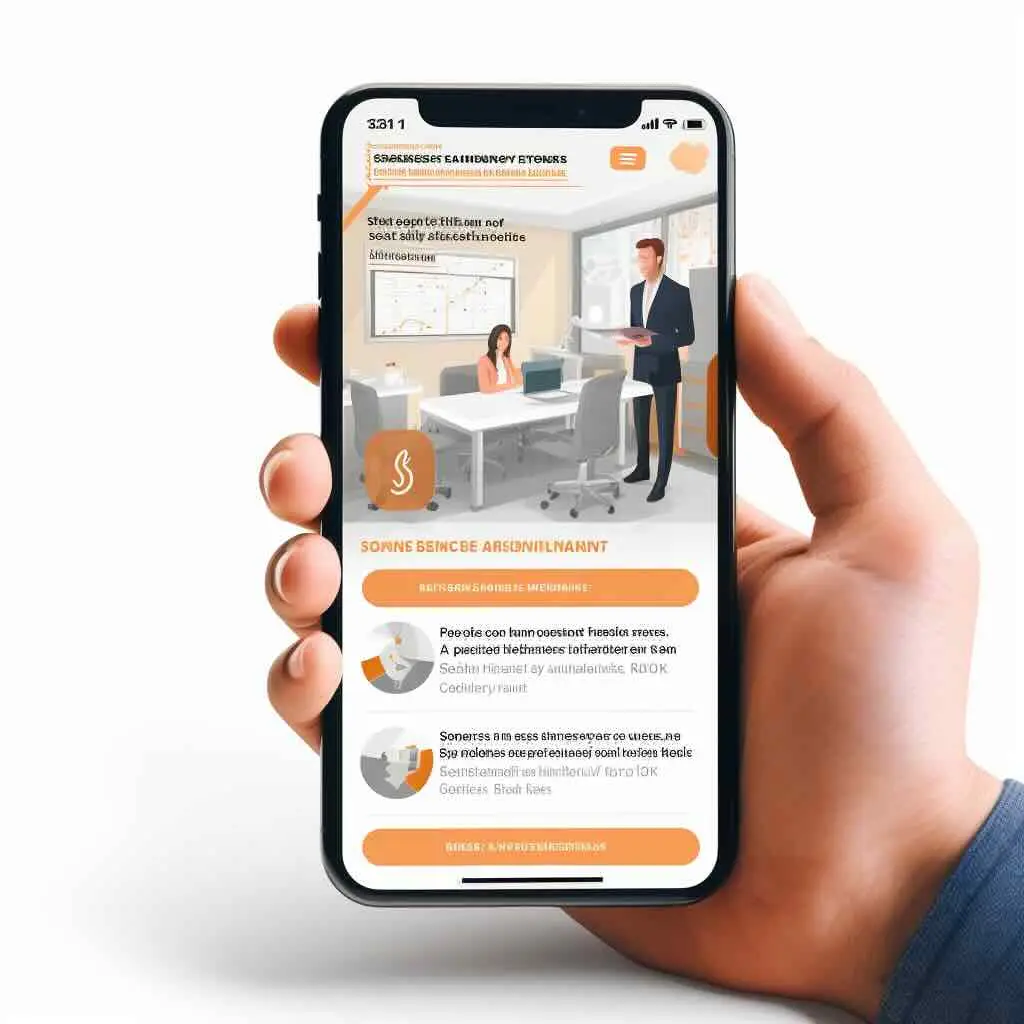Be-Spoke Services
Tailor made digital services and creative solutions for businesses.
Through a deep understanding of your target audience’s makeup and motivations, we design digital experiences using the latest technology that connect with your audience and goals.








